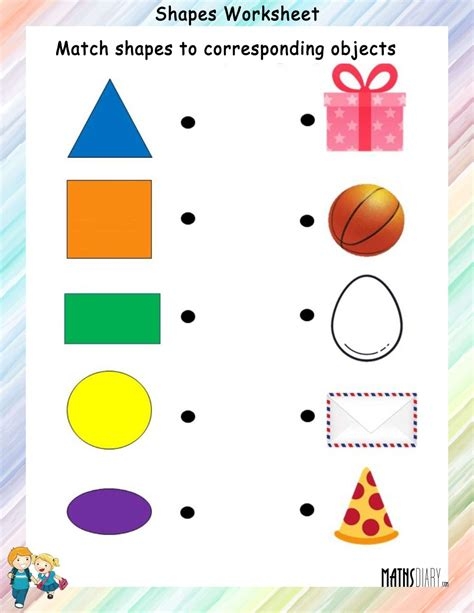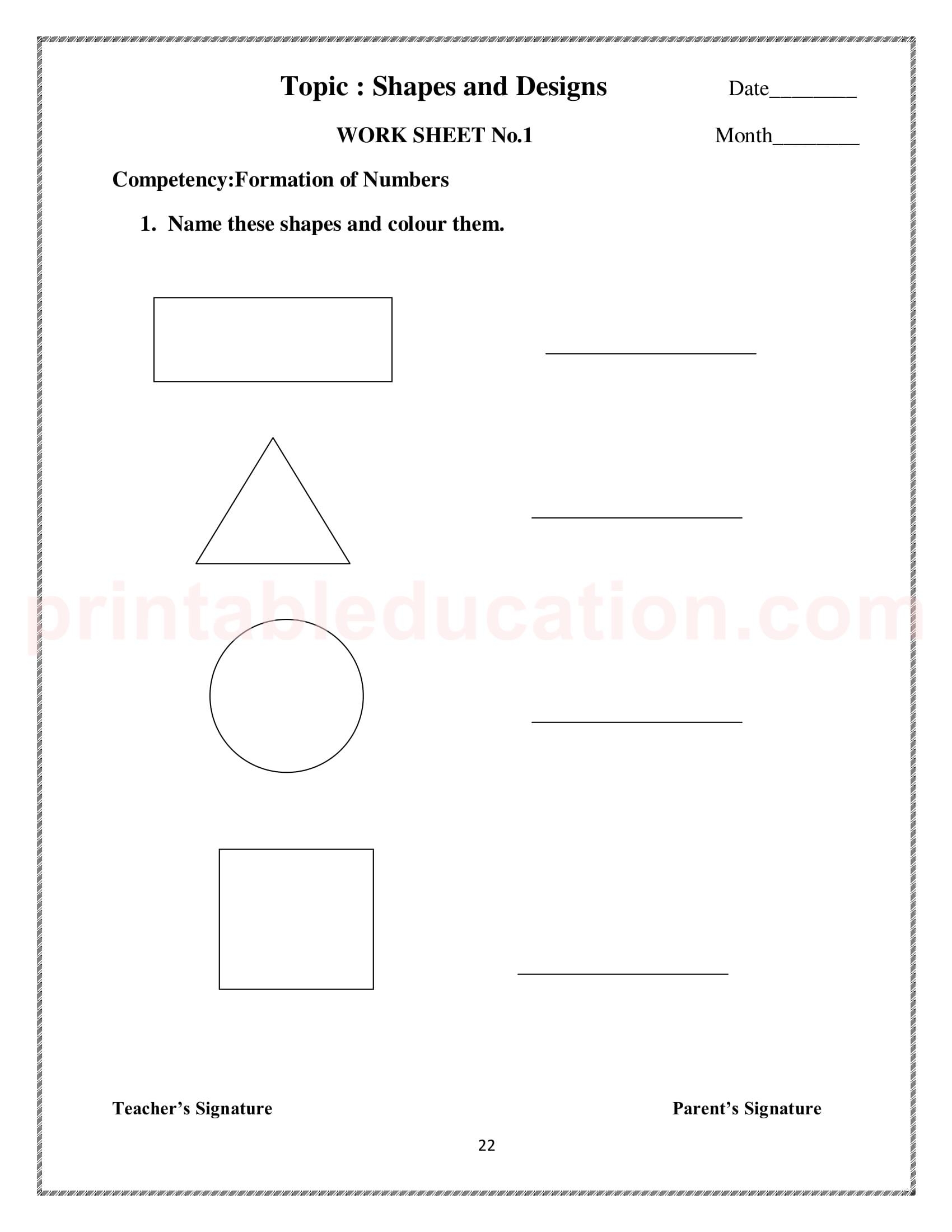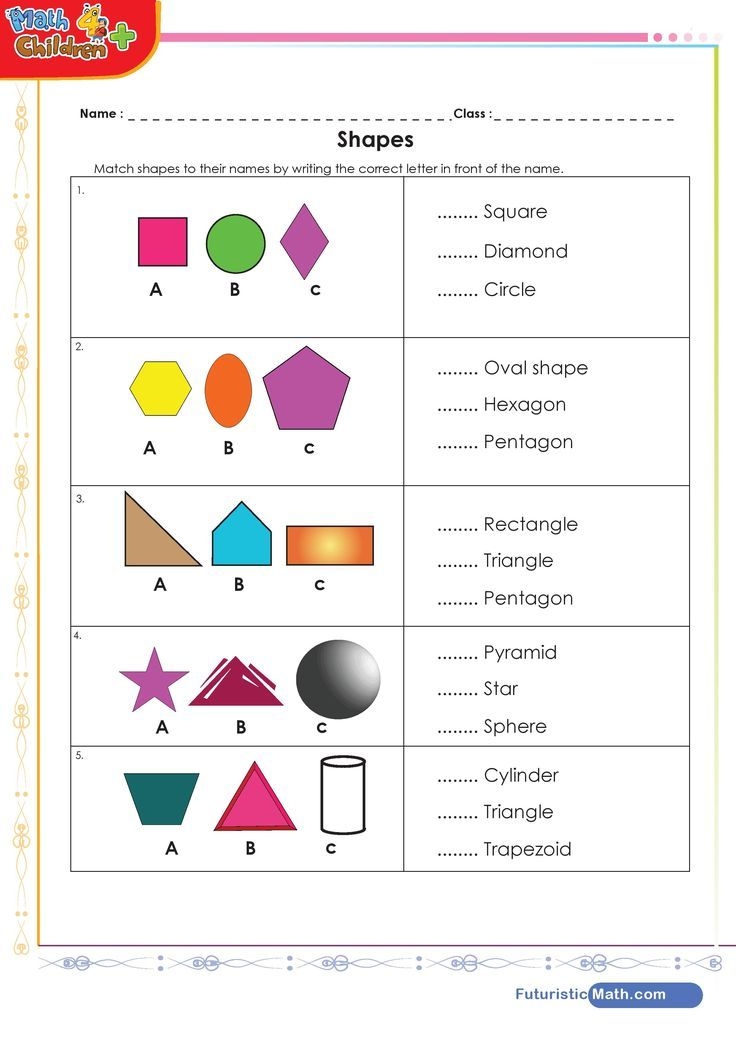If you’re a coffee lover, you’ve probably heard of the term “pour-over coffee.” This brewing method has gained popularity in recent years for its ability to extract bold flavors and aromas from the coffee grounds.
But what exactly is pour-over coffee, and how does it differ from other brewing methods like drip coffee or French press? Let’s delve into the world of pour-over coffee and discover what makes it so special.
The Art of Pour-Over Coffee: A Step-by-Step Guide
Pour-over coffee is a manual brewing method that involves pouring hot water over coffee grounds in a slow, steady stream. This allows for a more controlled extraction process, resulting in a cleaner and more nuanced flavor profile.
To make pour-over coffee, you’ll need a few key tools: a pour-over dripper, a kettle for boiling water, fresh coffee grounds, and a filter. Start by heating your water to the optimal temperature (around 200°F) and placing a filter in the dripper.
Next, add your coffee grounds to the filter, making sure to evenly distribute them. Begin the brewing process by pouring a small amount of water over the grounds to allow them to bloom. This releases trapped gases and prepares the grounds for extraction.
Once the coffee grounds have bloomed, continue pouring water over them in a circular motion, ensuring that all the grounds are saturated. The key is to maintain a consistent pour and water flow to achieve an even extraction.
After the water has passed through the grounds and dripped into your cup, you’re ready to enjoy a delicious cup of pour-over coffee. The result is a clean, vibrant brew that highlights the unique flavors of the coffee beans.
In conclusion, pour-over coffee is a simple yet rewarding brewing method that allows you to experience the true essence of your favorite coffee beans. With a bit of practice and patience, you can master the art of pour-over coffee and elevate your morning routine.



